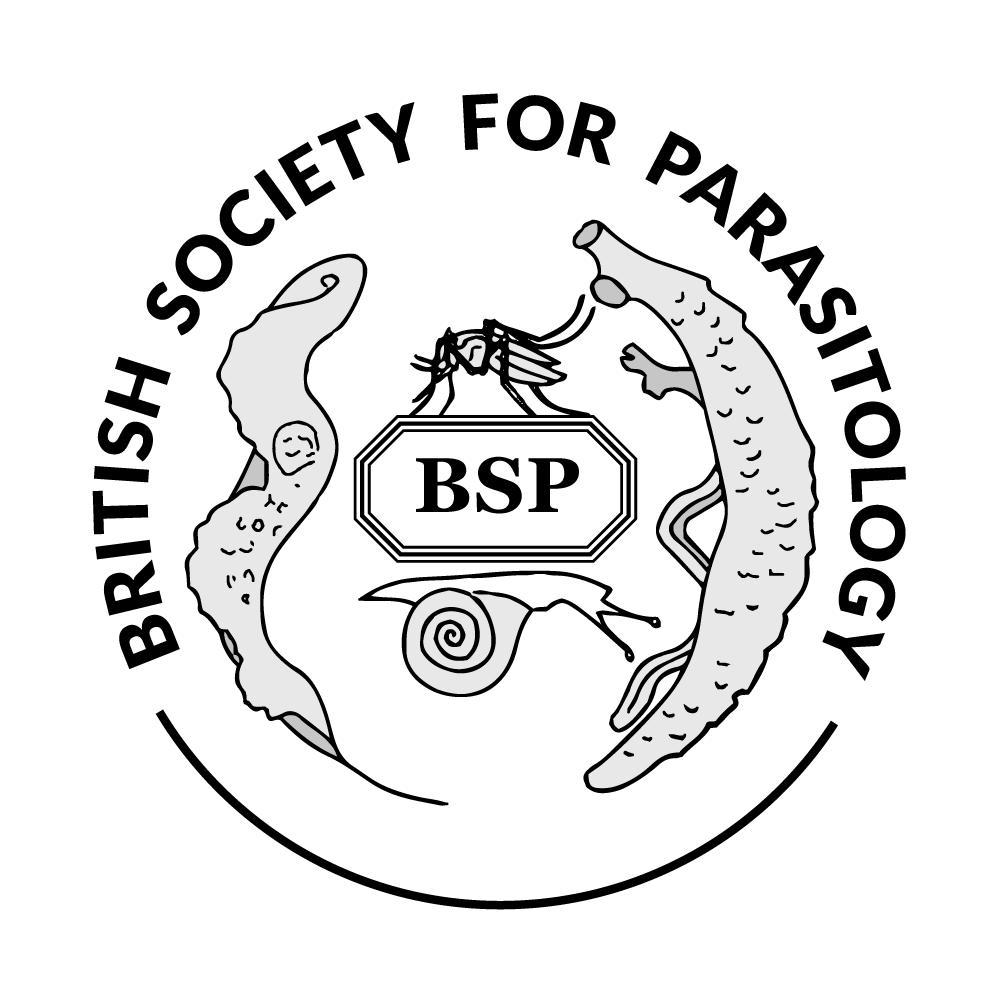Discussion
Trypanosomes are protozoan parasites causing trypanosomiasis in South America (Chagas' disease) and Sub-Saharan Africa (sleeping sickness in humans and Nagana in livestock). African Animal Trypanosomiasis (AAT also called Nagana), predominantly caused by
Trypanosoma congolense is a devastating disease in domestic African animals causing an annual loss in agriculture productivity of about 4.5 billion USD due to the death of more then 3 million cattle, whereas 40 millions are estimated to be threatened. Trypanosomes express unusual enzymes termed trans-sialidases (TS). TS are surface-bound enzymes, which catalyse the transfer of sialic acids (Sia) from host cell glycoconjugates to terminal galactose residues of target acceptor substrates, such as those of the parasite’s surface [1]. Several studies have shown that TS play important roles in the pathology of trypanosomiasis in mammalian host and are essential for survival of the parasite also in the insect vector, representing TS as a major virulence factor [1].
Our studies on Trypanosoma congolese TS (TconTS), revealed 14 active variants exhibiting significantly different enzymatic activities, although these can not be sufficiently explained by amino acid variations at the catalytic centre [2,3]. Besides the catalytic domain (CD), all TS contain a lectin-like domain (LD), whose biological function still remains unknown. Recently we demonstrated the carbohydrate binding ability of TconTS-LD to mannose oligosaccharides and high-mannose type N-glycans of glycoproteins [4]. However, mannose oligosaccharides do not represent substrates for the catalytic Sia transfer but are commonly found as part of several glycoconjugates of parasite's, vector's and host’s cell surface molecules [5]. Interestingly, in further studies focusing on the potential of LD’s to modulate enzyme activities we demonstrated that loss of TconTS-LD carbohydrate binding ability significantly affects TS activities. Finally we demonstrated that N-glycosylation of TconTS enzymes itself plays a more pivotal role in enzyme activity. In this vein, it appears that many underlying factors regulate TconTS enzyme function as previously thought, which might represent one of the reasons for the absence of potent TS inhibitors. In conclusion, unravelling the different roles played by these factors will provide more perspectives in understanding the mechanisms of these interesting enzymes and consequently open new avenues towards the development of new strategies to control African trypanosomiasis.
References:
1. Engstler M et al. Mol. Biochem. Parasitol. 1993;61:1-13.
2. Koliwer-Brandl H. et al. BMC Biochem. 2011;12:39.
3. Gbem TT et al. PLoS Negl. Trop. Dis. 2013;7:e2549.
4. Waespy M et al. 2015;9:e4120.
5. Ferguson MA et al. Biochem. J. 1993;291(Pt1):51-5.

